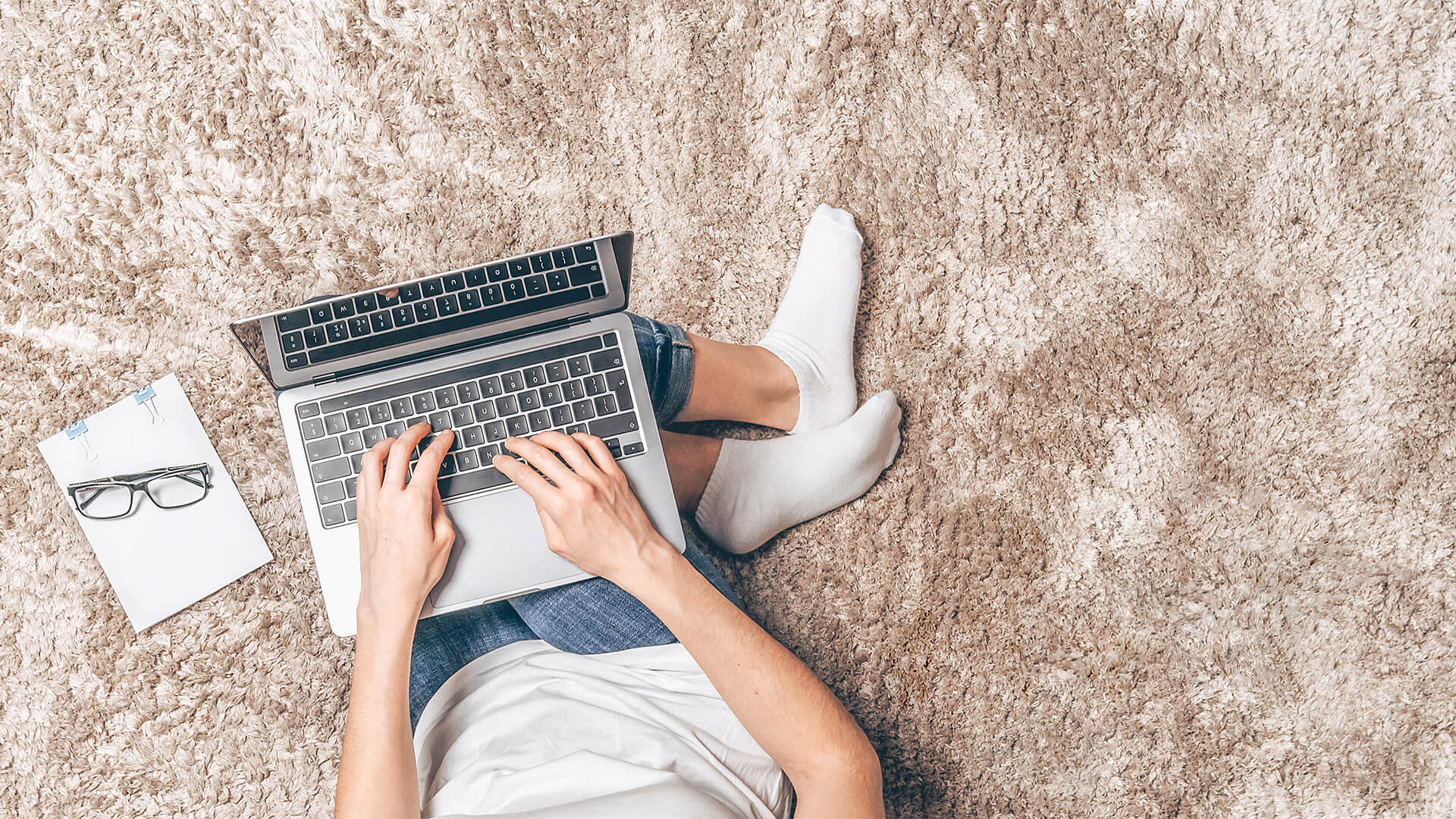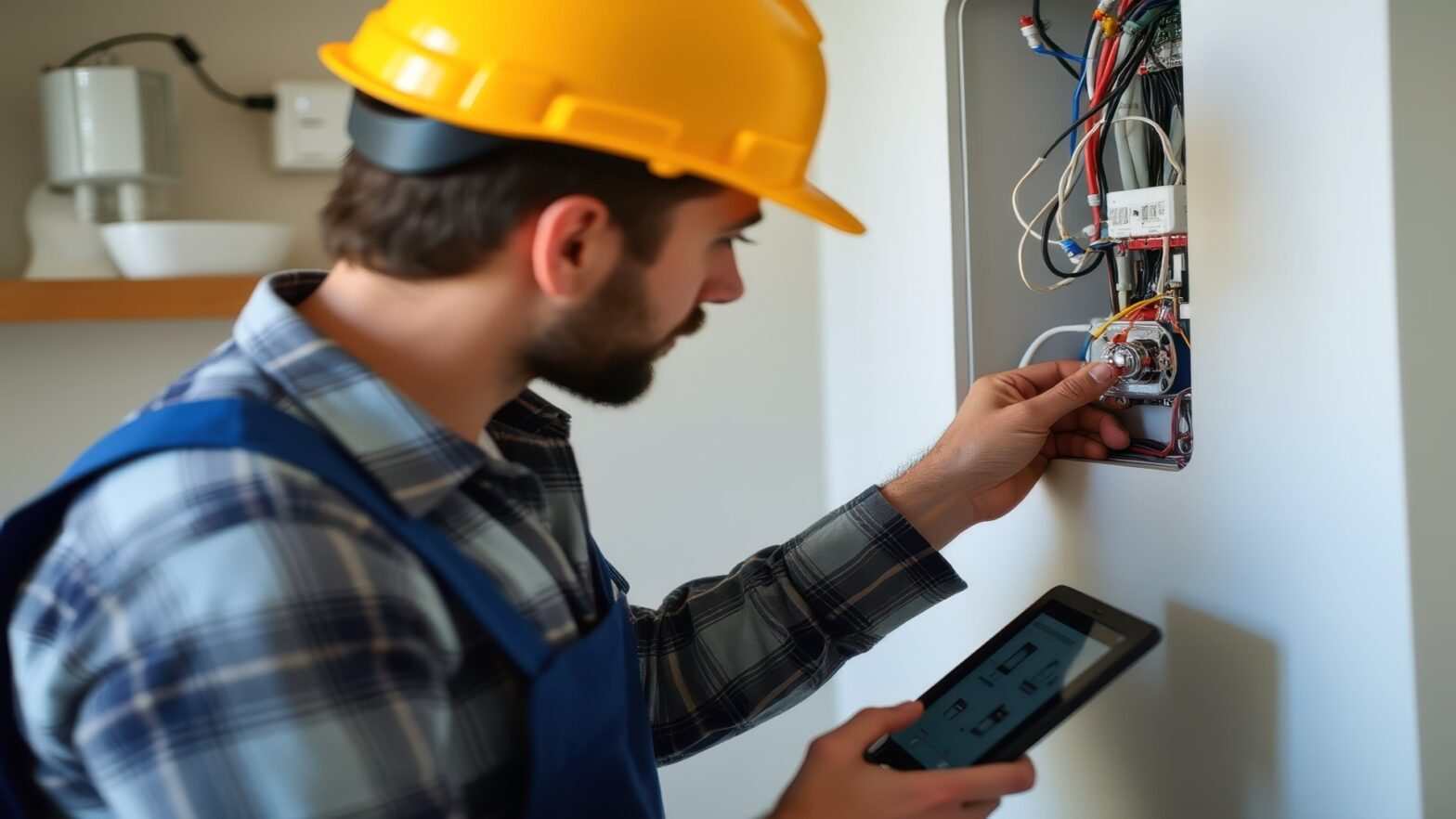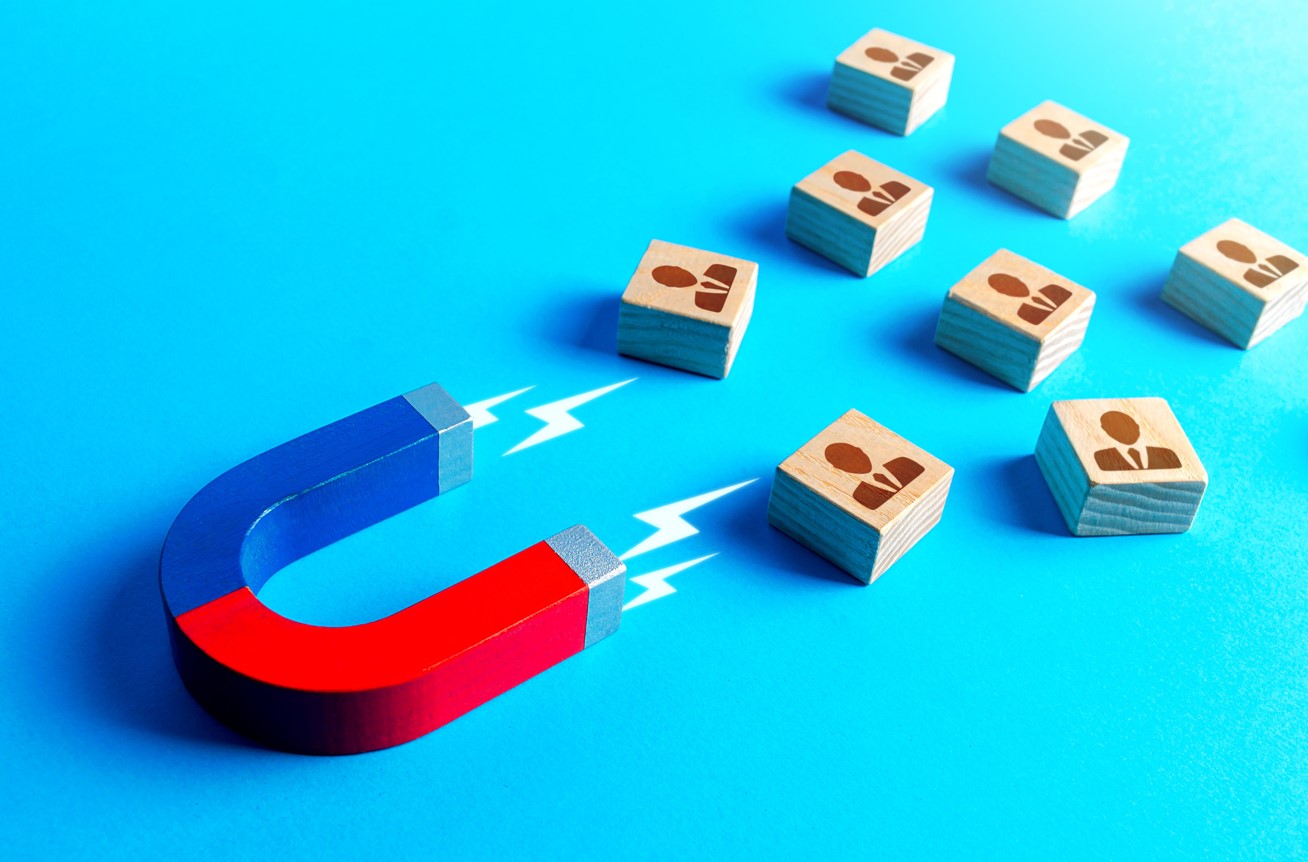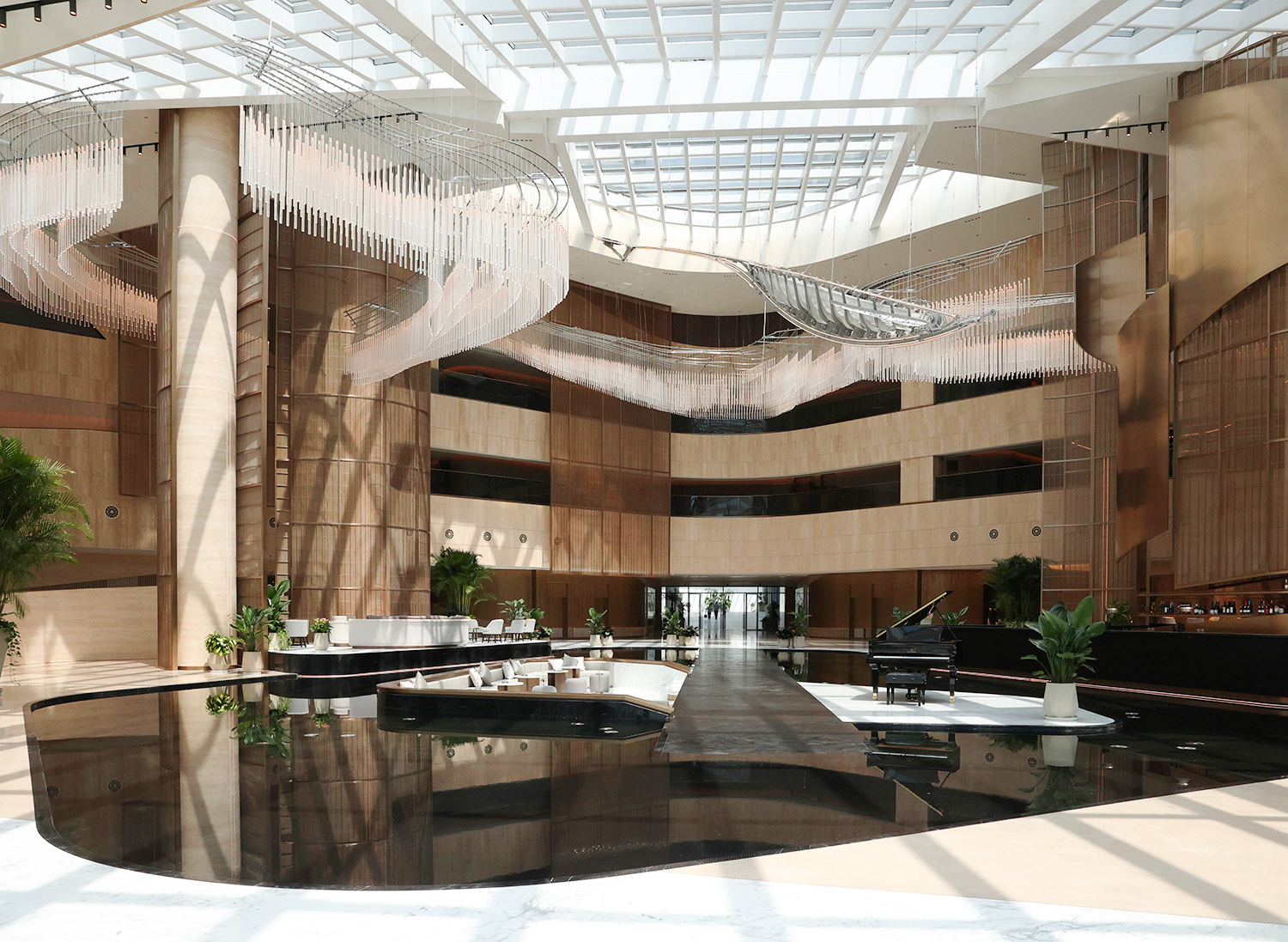Modern technological advancements have allowed for smart everything — smartphones, smartwatches, smart televisions, smart clothing and even smart flooring. Choosing the right flooring for your building or home is an important decision. There are multiple flooring options available, like hardwood, tile, laminate and carpet.
Innovations in home textiles and furnishings have offered new opportunities for businesses and homeowners. Besides beautifying a space with the right flooring and furniture, you can now use these textiles to your advantage and use them as solutions to common furnishing issues, like stains, fading, discoloration and even movement.
Carpeting is still a standard option for many homes and business owners, and now, you can use smart carpets for smart solutions.
What Are Smart Carpets?
Businesses and homeowners may be prone to choose other flooring options over carpeting. Traditional carpets are more likely to hold in dirt, stains and dust than hardwood or laminate flooring. Even some of the most hypoallergenic carpets can still hold in allergens and dirt, making it difficult to clean and maintain in high-traffic areas.
However, carpeting can brighten up a room or hallway, and it can add a softness to buildings like hospitals or office spaces with high-traffic areas, which is why it is still a popular option for flooring. Now, though, you have the opportunity to install intelligent carpets.
Smart carpets use intricate technology and materials that reduce stains, are anti-microbial, anti-allergenic and protect from color fading. People spend the majority of their time indoors, especially in the corporate world. The air they breathe needs to be free of microbes and allergens and resistant to germs. The technology in smart carpets can capture and retain those minute particles, keeping the air fresher and cleaner in homes and buildings.
Other fabrics used in innovative carpets can detect motion, pressure, temperature and vibrations, too. A research team in Munich developed carpeting with embedded sensors and computer chips. This technology allows business owners to track the movement of employees to ensure they’re remaining productive and doing what they’re supposed to do at work.
Besides tracking motions, those types of smart carpet sensors are capable of giving directions in emergencies. If a building were on fire or had structural issues, the smart carpeting, if equipped with LEDs, can light up the safest pathway, ensuring everyone gets out of the building safely.
How Smart Carpets Can Benefit Buildings
Smart carpets would be a great addition to any building, whether it be residential or commercial. Shopping for carpets isn’t a matter of picking a color or a size anymore. Instead, those interested in purchasing carpeting should consider the benefits of smart carpets:
- Ensuring productivity: Business professionals can track employee movement to monitor their productivity.
- Manufactured for high-traffic areas: Smart carpets usually come in carpet tiles, so if a stain were to appear or if a tile were to receive damage, you can replace it without tearing up the entire carpet. High-traffic areas tend to wear down more quickly, so smart carpeting can save money when those areas have to be replaced.
- Boosting safety: Since smart carpets track motion, temperature and incorporate LEDs, they promote overall safety in homes and businesses. If someone were to fall, the carpet senses it. Additionally, it can sense new traffic patterns, which could alert you of an intruder.
These are great solutions to the traditional carpet problem. It’s likely businesses and homes will adopt smart carpeting for smart safety, health and productivity solutions.
The Future of Flooring
Smart flooring is here, and it’s about to change the future of flooring.


































